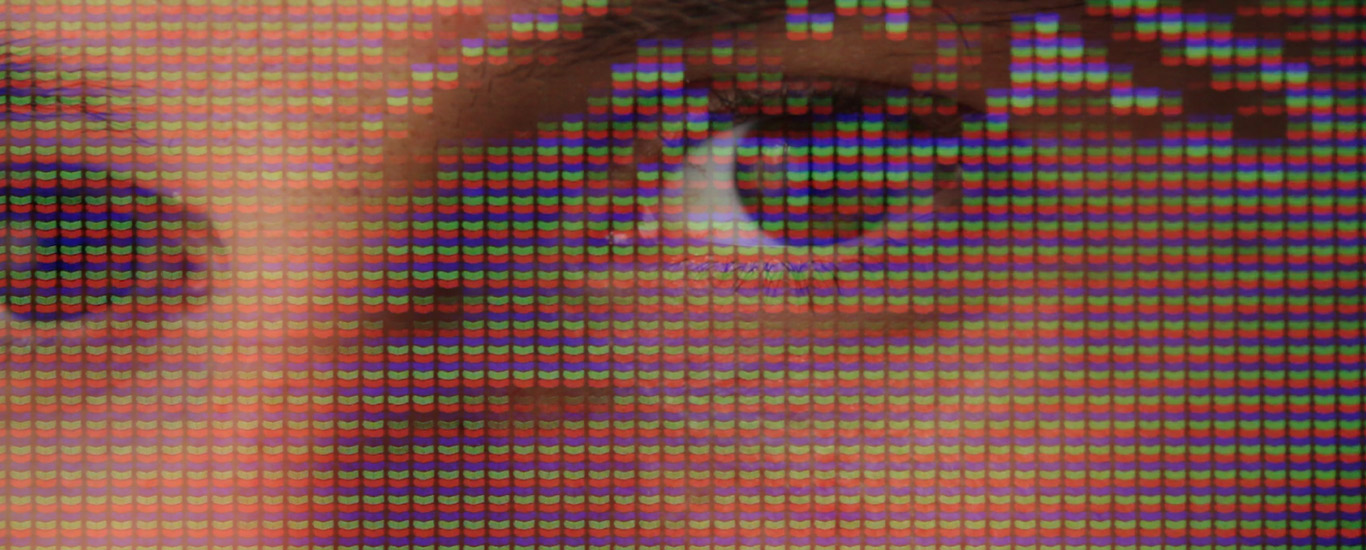By Tuğçe Karataş
How can you learn from your digital avatar? An I: Talking to My Digital Self, a project by Camilo Oliveira, generates a digital self of you that studies all your thoughts and experiences, talks to you and helps you learn from you. The project is exhibited as a part of the 4th Istanbul Design Biennial – A School of Schools.
Trained in architecture in Brazil, Design Academy Eindhoven MA Social Design graduate Oliveira combines artificial intelligence and design research to question how our sense of self is influenced by the technological developments around us. By looking at the difference between the online self and offline self, he contemplates about a tool to be used for disconnection from reality, and with this interactive project, he invites us to start learning from ourselves and perhaps rediscover parts of ourselves that might be suppressed. We talked to Camilo Oliveira about his practice and education, as well as his influences and inspirations for An I: Talking to My Digital Self.
Tuğçe Karataş: Can you briefly tell us about your educational background and how it affected your current practice?
Camilo Oliveira: I was trained as an architect back in Brazil, but the myth of being an architect led me to explore different areas of the creative field. While in architecture you have many rules and parameters to follow, I found the opposite in the design field. Instead of following rules, you are the one creating rules that will shape a whole environment around your idea and concept. This changing process was strange but liberating at the same time. Architecture, though, helped me to have more structure and pragmatism while creating this set of rules that would shape my new projects.
TK: How does your project as a part of 4th Istanbul Design Biennial relate to this year’s theme, A School of Schools?
CO: My project An I works as an educational tool for one’s inner self. What I mean by this is that we are our best teachers, or let’s say, you are your best teacher. In the project, I am finding a way to highlight this fact and take advantage of it. By employing an artificial intelligence to learn from you, you can start to learn from yourself and perhaps rediscover parts of yourself that are at this moment suppressed.

TK: The 4th Istanbul Design Biennial has a process-oriented approach. How has your project emerged from this perspective? How does it evolve?
CO: The project started with an initial interest on my own online behaviour without understanding where I would really like to go or what to achieve by looking at it, but there was something triggering me. In the beginning, by looking at the difference between the online self and offline self, I was thinking about a tool for disconnection from reality. But in fact, the deeper I went on, I realized that instead of disconnecting from ourselves, we were in need to connect with ourselves. The process took many detours to arrive where it is now. It evolved from a very analogue set of white notebooks for the act of journaling to a speculative scenario of having an artificial intelligence who “helps you” in this act of collecting memory to be later reread. It’s funny because the process was not only about a drive to understand what is going on with our surroundings and the collective behaviour, but also with what is inside me. It involved many philosophical questions to deconstruct aspects of myself (such as what I am talking about in the movie – why do we compare ourselves to others?) – In this perspective, the process brought all the lost and confused pieces together.
TK: Which challenges or issues have you been tackling with your project?
CO: The project is a reflection on our excessive consumption of distraction through our digital devices which leads to not paying attention to our inner selves. I started developing the project by looking closely to the behaviour on social media, with a focus on Instagram. By the predefined layout where we have a frame to express ourselves, the filtering algorithms which choose for us what we should or should not see, to the trends created by the “influencers”, resulting in images that are more and more becoming similar. For me, the act of sharing our lives in a fantastic way, comes not entirely from an inner drive, but from an outside influence. In this way, I think that the biggest challenge is to keep sane and mentally healthy in this moment of excessively curated images, where the perception towards our own selves becomes distorted.
TK: How will your project continue after the biennial ends? What will be the legacy of it?
CO: This project is in a way the starting point of an ongoing research on how our sense of self is influenced by the technological developments that are around us. After the biennial, I will definitely continue this research and continue using design to relate with more psychological and inner processes than immediate needs such as ordinary objects.
TK: Can you briefly explain your thoughts on design education in its current state?
CO: I cannot say about a general perspective but through my own. I’ve studied at Design Academy Eindhoven, and there, I deconstructed what I have learned about design before: “aka - making chairs”. In that context, design becomes a tool for questioning, reflecting, reshaping the way society is now, not by ready-made answers but through your own perspective. The act of disagreeing is very encouraged and you are constantly being challenged to think on your own. I find that to be the most valuable educational asset –not only for the design field, but for education in general.









